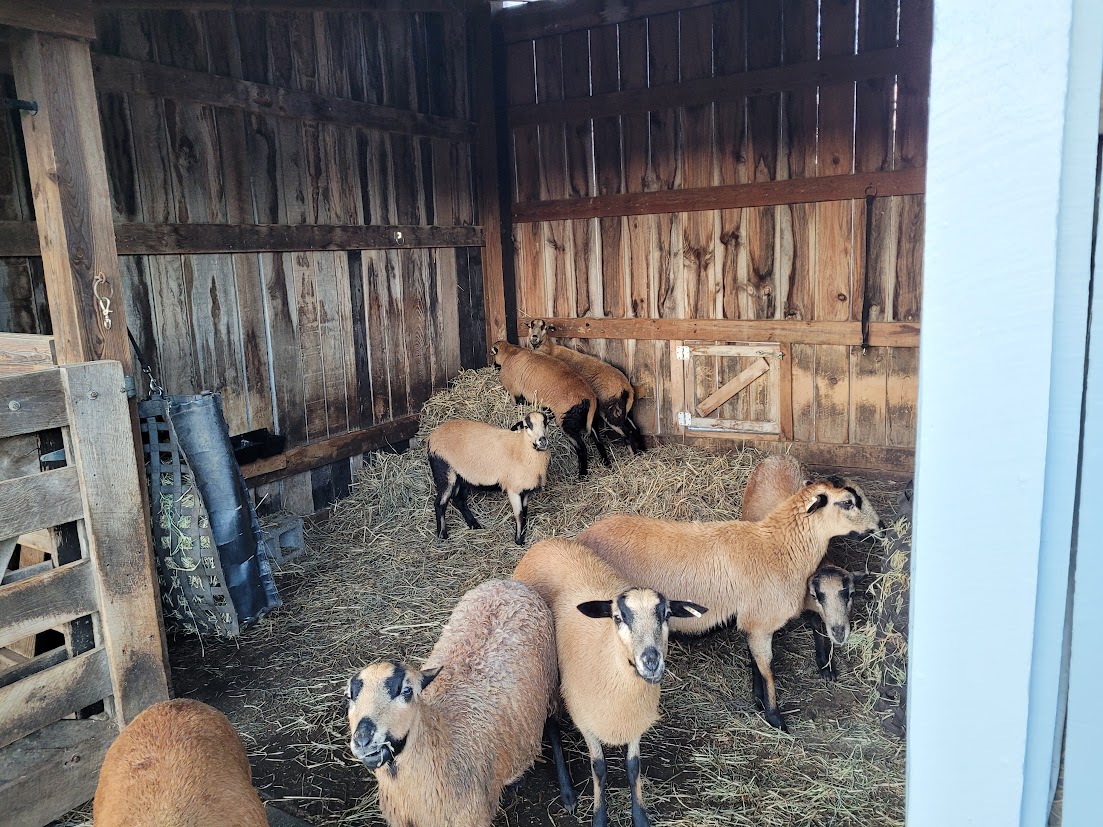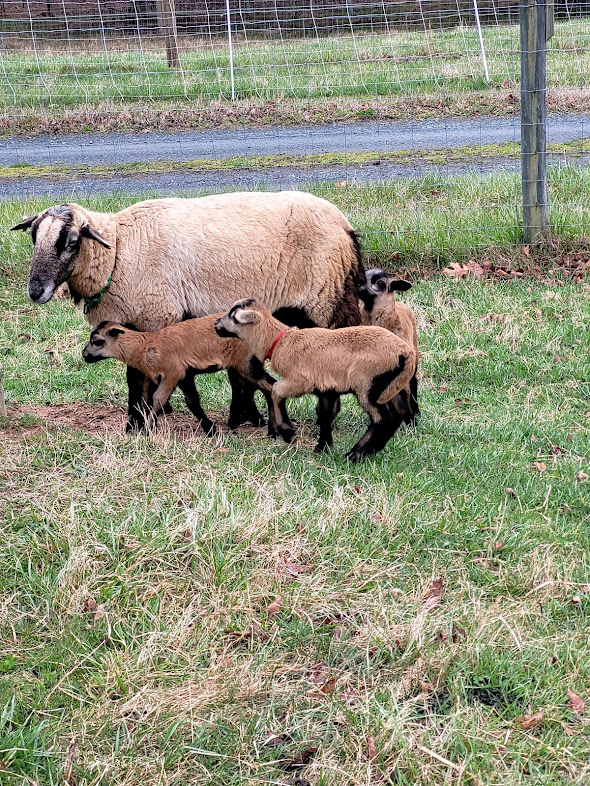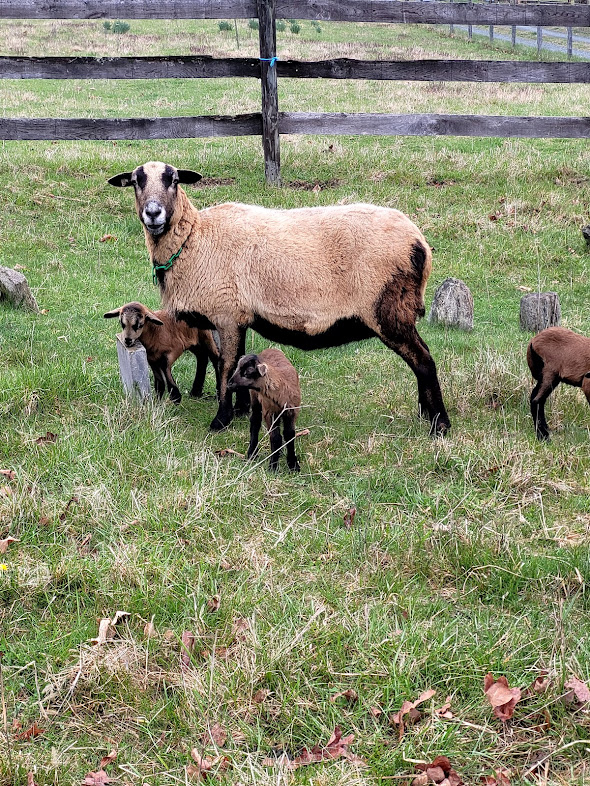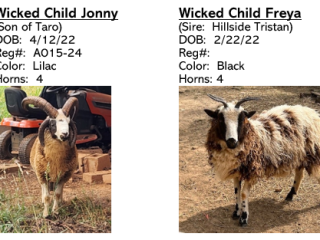Barbados Blackbelly Ewes
$450
Registered Barbados Blackbelly ewes and ewe lambs ready for breeding. National Sheep Improvement Plan (NSIP) Estimated Breeding Values available. High health status flock owned and managed by two retired veterinarians. Scrapie DNA tested. No foot rot ever detected in the flock. Most sheep on the property have never needed deworming. Excellent records available for each individual including vaccination history, FAMACHA scores and Body Condition Scores over time as well as weight history. Flock owners willing and able to help new BB owners with advice and consultation. Delivery can be arranged.
- Species, Product, or Service: Barbados Blackbelly
- Breed Product or Service: Breeding stock










